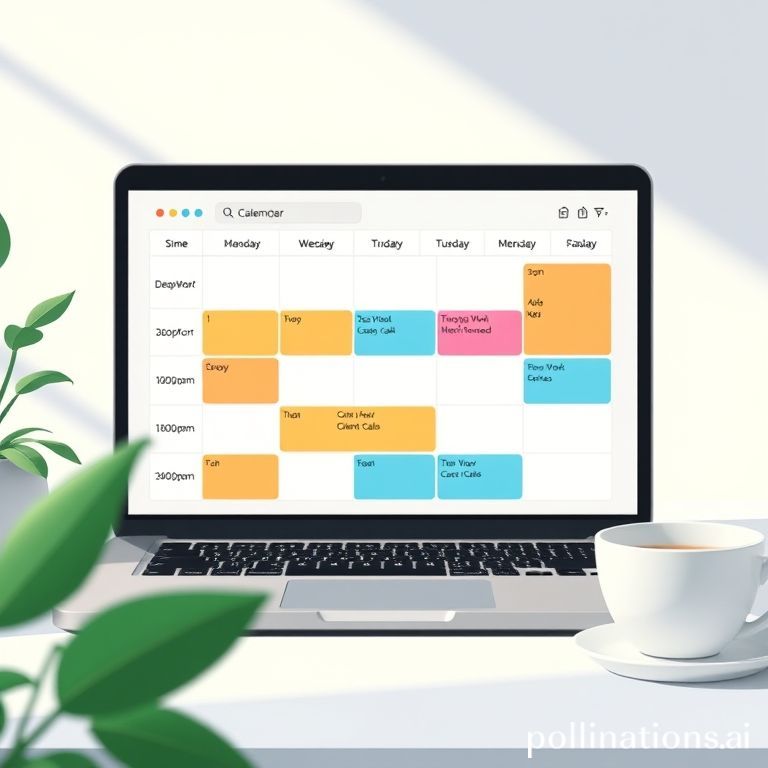
In the relentless churn of the modern professional world, time often feels like a scarce, elusive commodity. Deadlines loom, inboxes overflow, and the constant juggle of responsibilities can leave even the most dedicated individuals feeling perpetually behind. If you’re a busy professional, you know the feeling: a never-ending to-do list, the struggle to find focus, and the yearning for just a few more hours in the day.
But what if the secret to gaining more time wasn’t about finding extra hours, but about mastering the ones you already have? What if a few strategic shifts in your daily habits could unlock significant pockets of productivity, reduce stress, and even carve out more space for what truly matters to you?
You’re in luck. This post isn’t about magical time-turners; it’s about practical, actionable life hacks designed to help busy professionals reclaim their schedules, boost their efficiency, and ultimately, find more balance. Let’s dive into 10 powerful strategies that can transform your relationship with time.
The Core Challenge: Why Time Feels Scarce
Before we jump into the solutions, it’s worth understanding the root of the problem. Modern work environments are characterized by constant connectivity, information overload, and the expectation of immediate responses. This leads to frequent context switching, fragmented attention, and a feeling of being constantly reactive rather than proactive. The goal of these hacks is to help you cut through the noise, minimize distractions, and create intentional space for deep work and personal well-being.
10 Time-Saving Life Hacks for Busy Professionals
1. The Power of Batching
Context switching is a silent killer of productivity. Every time you switch from one type of task (e.g., writing a report) to another (e.g., answering emails), your brain needs time to reorient itself. Batching involves grouping similar tasks together and tackling them all at once. Think of it like this: instead of checking emails every 15 minutes, designate specific times (e.g., 9 AM, 1 PM, 4 PM) to process your inbox. Do the same for phone calls, administrative tasks, or even creative work.
By dedicating focused blocks to similar activities, you reduce mental overhead, improve concentration, and significantly cut down the time spent transitioning between different modes of thinking. This simple shift can make a monumental difference in how much you accomplish.
2. Master Your Morning Routine
How you start your day often dictates its trajectory. A rushed, reactive morning can leave you feeling stressed and behind before you even properly begin. Conversely, a well-structured morning routine can set a positive, productive tone. This doesn’t mean waking up at 4 AM to run a marathon, but rather dedicating the first hour or two to activities that fuel you and prepare you for the day ahead.
Consider incorporating elements like light exercise, meditation, journaling, reading, or planning your top three priorities for the day. By taking control of your mornings, you create a buffer against the day’s demands and ensure you’re approaching your work from a place of calm and focus.
3. Embrace the “Two-Minute Rule”
Coined by productivity guru David Allen, the Two-Minute Rule is elegantly simple: If a task takes less than two minutes to complete, do it immediately. Don’t defer it, don’t add it to a list, just get it done. This applies to replying to a quick email, filing a document, making a short phone call, or tidying a small part of your workspace.
The beauty of this rule is that it prevents small tasks from accumulating into overwhelming mountains. It also reduces mental clutter, as you’re no longer holding onto the thought of needing to do that small thing later. It’s a powerful habit for maintaining momentum and a clear mind.
4. Strategic Email Management
The email inbox can feel like a bottomless pit of demands. Instead of letting it dictate your day, adopt a strategic approach. Beyond batching, consider the “4 D’s” for each email: Delete, Do, Delegate, or Defer. Delete junk immediately. Do anything that takes less than two minutes. Delegate tasks that aren’t yours. Defer longer responses or tasks by adding them to your to-do list and archiving the email.
Also, turn off email notifications. Constant pings are a major source of distraction. Check your email on your schedule, not your inbox’s. This proactive approach ensures your inbox serves as a tool, not a taskmaster.
5. Time Blocking for Focus
Time blocking is a powerful technique where you pre-plan your entire day in specific blocks of time, assigning each block to a particular task or type of work. Instead of a general to-do list, your calendar becomes a detailed map of how you intend to spend your hours. For example, you might block out 9-11 AM for “Deep Work: Project X,” 11 AM-12 PM for “Client Calls,” and 1-2 PM for “Email & Admin.”
This method forces you to be intentional about your time, protects your most valuable hours for high-priority tasks, and reduces decision fatigue. It’s like making an appointment with yourself for critical work, ensuring it gets done rather than being pushed aside by urgent (but less important) demands.

6. Delegate Smartly
Many professionals fall into the trap of thinking it’s faster or better to do everything themselves. However, effective delegation is a cornerstone of good time management. Identify tasks that others can do, or that don’t require your unique skills. This could be anything from administrative duties, data entry, research, or even specific parts of a larger project.
Learning to delegate frees up your time for high-impact activities that truly leverage your expertise. It also empowers your team members and contributes to their development. Be clear with instructions, set expectations, and trust your team, and you’ll find yourself with more bandwidth than you thought possible.
7. Leverage Automation Tools
In today’s digital age, there’s an app or software for almost everything. Identify repetitive tasks in your workflow that could be automated. This might include scheduling social media posts, setting up email auto-responders, using project management software for task assignments, or even creating simple scripts for data processing.
Tools like Zapier, IFTTT, or even built-in features in your existing software can connect different applications and automate workflows. While there might be an initial time investment in setting them up, the long-term gains in efficiency are immense, freeing you from tedious, manual work.
8. The Pomodoro Technique
Named after the tomato-shaped kitchen timer, the Pomodoro Technique is a time management method that uses a timer to break down work into intervals, traditionally 25 minutes in length, separated by short breaks. During each 25-minute “Pomodoro,” you focus intensely on a single task, avoiding all distractions.
After each Pomodoro, take a 5-minute break to stretch, walk around, or grab a drink. After four Pomodoros, take a longer break (15-30 minutes). This technique helps maintain focus, prevents burnout, and makes daunting tasks seem more manageable by breaking them into bite-sized chunks. It’s incredibly effective for deep work and battling procrastination.

9. Declutter Your Digital and Physical Space
A cluttered environment, whether physical or digital, can be a major source of distraction and mental drain. Take time to organize your workspace: clear your desk, file important documents, and ensure everything has a designated home. Similarly, declutter your digital life: organize your desktop files, clean up your email folders, and uninstall unused apps.
A clean, organized space reduces visual and mental noise, making it easier to find what you need and focus on the task at hand. It also fosters a sense of control and calm, which are essential for sustained productivity.
10. Prioritize Self-Care (It’s Not a Luxury!)
This might seem counterintuitive to “time-saving hacks,” but neglecting self-care is a surefire way to burn out, reduce your effectiveness, and ultimately waste more time due to exhaustion and stress. Self-care isn’t a luxury; it’s a necessity for peak performance and long-term sustainability.
Make sure you’re getting adequate sleep, eating nutritious meals, taking regular breaks, and engaging in activities that help you de-stress and recharge. This could be exercise, spending time with loved ones, pursuing a hobby, or simply enjoying quiet time. When you invest in your well-being, you boost your energy levels, improve your focus, and enhance your ability to tackle challenges efficiently. Remember, a well-rested, happy mind is a productive mind.

Conclusion: Reclaim Your Time, Reclaim Your Life
The journey to mastering your time is an ongoing one, but with these 10 powerful life hacks, you have a solid toolkit to begin. It’s not about working harder, but working smarter and more intentionally. Start by implementing one or two of these strategies, see what works best for you, and gradually integrate more into your routine.
Imagine the impact: less stress, more accomplished work, and crucially, more time for the people and passions that truly enrich your life. Stop letting time control you; it’s time to take back the reins and make every moment count. Your future, more productive, and balanced self will thank you for it.






